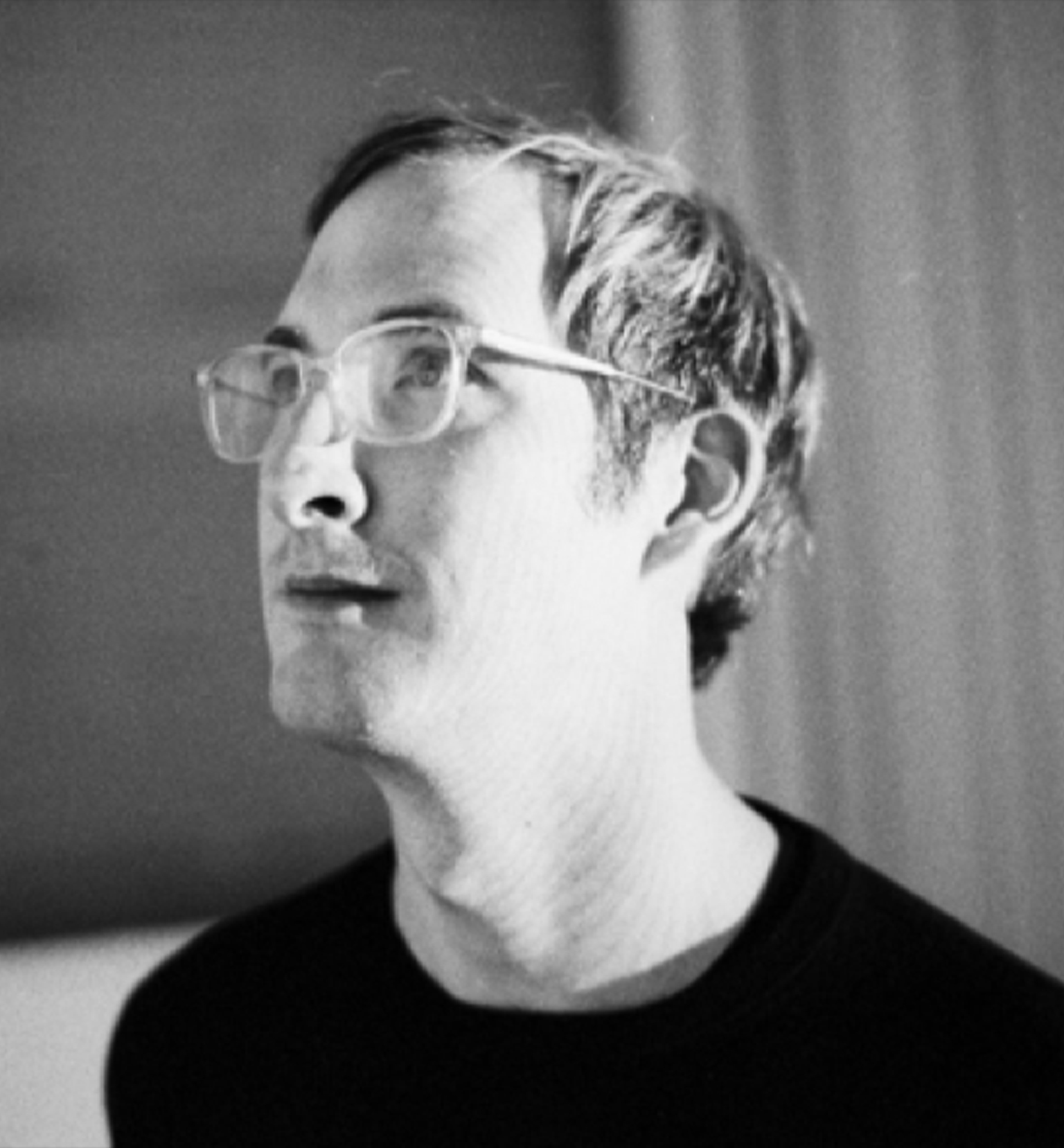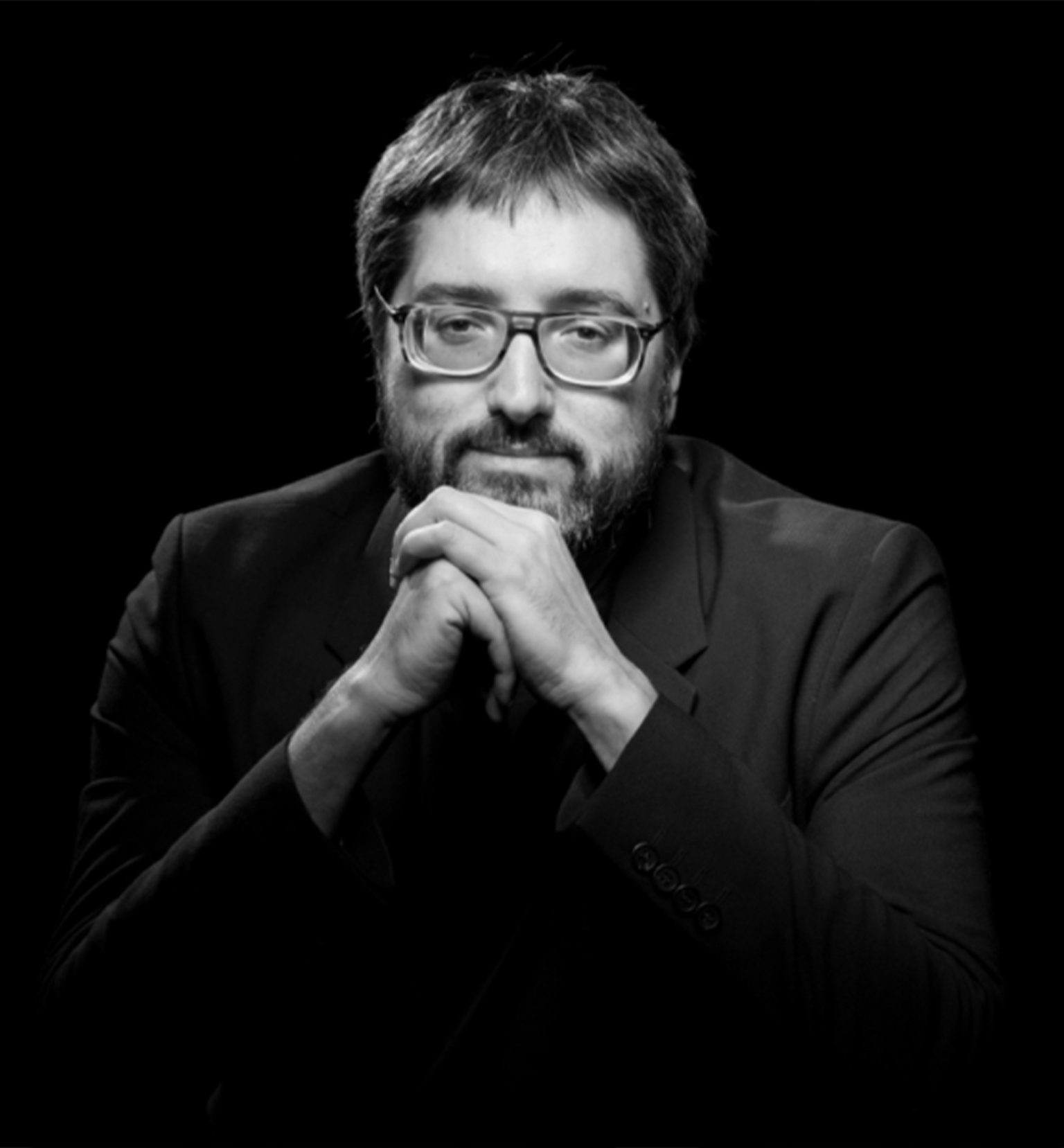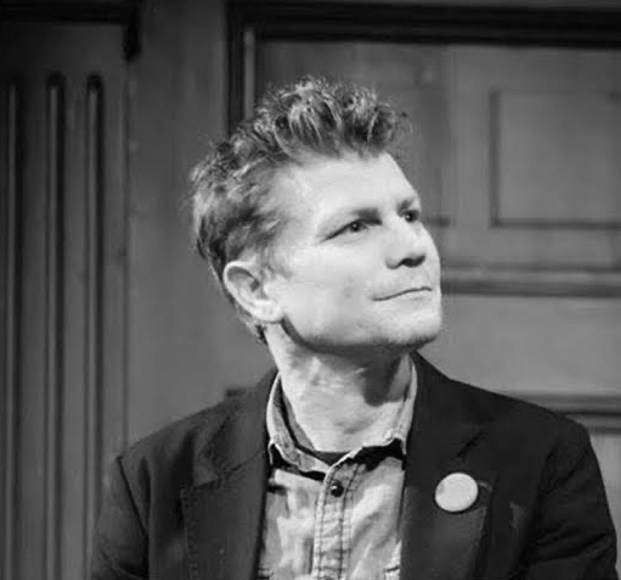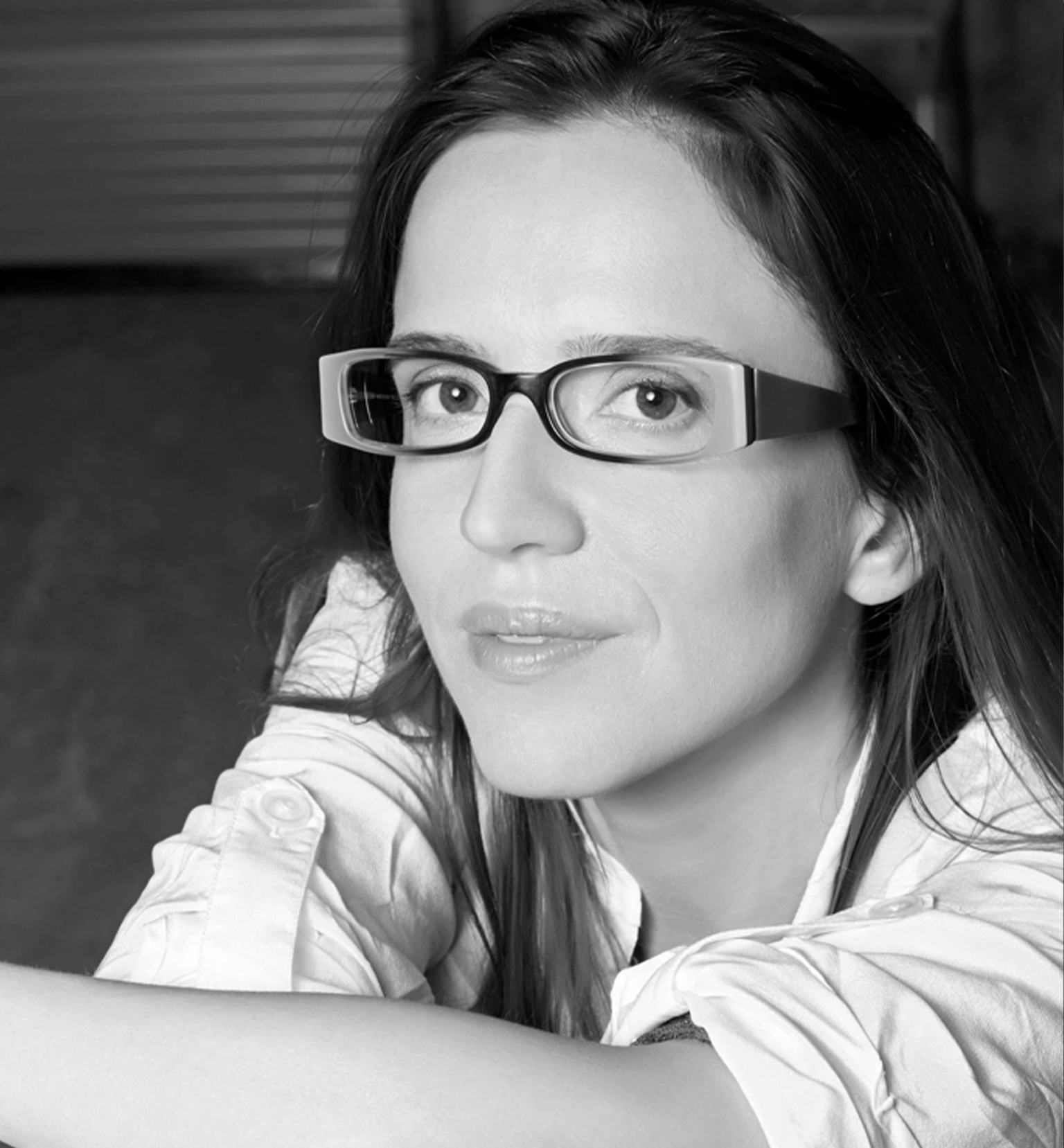How have creativity and technology-oriented industries responded to the pandemic?
Location
Digilogue Zoom & Zorlu PSM Youtube
Date
3 September 2020
Tags
Covid-19, which fell like a lightning in 2020 and shook the dynamics of many sectors, undoubtedly affected the culture and arts industry deeply. With its anti-depressant role in digital media during the pandemic period; the culture and arts industry, whose social benefit effect was prominent but whose physical spaces were almost put into hibernation with the speed of light, has entered a deep “restructuring”; period with the problems it has faced throughout the pandemic, the dialogues it has established, the digital channels it has become familiar with and the solutions it has produced.
The Future Tellers dialogue series organized in cooperation with Zorlu PSM, Digilogue and İKSV aims to create a transparent dialogue space by bringing professionals together in the webinars organized under the title of “Social Transformation and Creative Industries”, to bring together actors in the creative industries, to open space for humanitarian dialogues among institutions and to knit support networks.
In the webinar series, which was kicked off on August 20 and will continue until the end of September, international actors will also participate in the dialogue in addition to local institutions and actors in the culture and arts industry. You can send your questions, comments and suggestions to the Digilogue team by sharing them during the webinar and throughout the process via info@digilogue.com and contribute to the shaping of collective knowledge.
What kind of a catalyst does the shared experience of simultaneously affected communities create for new learning processes? How are creative industries, culture and arts domains and social behavior shaped in relation to one another? and a number of similar questions will be elaborated by the Future Tellers, which was organized at Zorlu PSM in 2017 for the first time as a summit and addressed the impact of technology on humanitarian values, the gains from the race and the synergy between the technology and the humanity on the axis of various disciplines such as artificial intelligence, architecture, science, technology and ethics.
The second session of the Future Tellers webinar series on Creativity and Technology Focused Ecosystems was moderated by Digilogue Artistic Director Lalin Akalan on September 03, 17:00 – 18:00, with the participation of Gray Area Director Barry Threw, Sonar + D curator Jose Luis de Vicente, Vero Bollow, founder of Stochastic Labs and Olof Van Winden, founder and director of Todaysart Festival. The session was simultaneously interpreted into sign language by Berrak Firat. You can inspect the webinar report and watch the whole panel once again from Digilogue Youtube channel.
Panelists

Barry Threw
Director
Barry Threw is an independent technologist, designer, and cultural producer exploring ways the engagement of art and technology can promote transdisciplinary understanding and catalyze systemic change. He consults with individuals and institutions developing tools, processes and platforms to support creative, technical, and cultural innovation. Threw’s work has been presented internationally at festivals and exhibitions including the Venice Architectural Biennale, ORF Musikprotokol, Club Transmediale, Mutek, Cynetart, and SIGGRAPH. He has worked on performances by artists including Jay-Z, M.I.A a.k.a Jenelle Monae, Kronos Quartet, Oval, Florian Hecker, Camille Utterback, Signal, Robert Henke, Einsturzende Neubauten and Jon Rose.
Jose Luis de Vicente
Sonar + D Curator
Jose Luis de Vicente is a cultural researcher and curator working in the space between culture, technology and innovation. He is the curator for Sónar +D, the digital culture and creative technologies conference and exhibition part of Barcelona’s acclaimed Sónar Festival. He has curated multiple exhibitions like the internationally touring show “Big Bang Data” and more recently, “After the End of the World” (Barcelona CCCB), “Rafael Lozano- Hemmer:Atmospheric Memory” (Manchester International Festival) and “Radical Curiosity: in the Orbit of Buckminster Fuller” (Fundación Telefónica). Recent project includes Tentacular, the brand new festival of Critical Tech and Digital Adventures for Matadero (Madrid), and the curation of the 2019 edition of Llum BCN, Barcelona’s light Festival. He is a faculty member at IaaC (Catalonia’s Institute for Advanced Architecture).


Olaf Van Wilden
TodaysArt Festival Founder
Olaf Van Wilden is the director and founder of the TodaysArt festival in The Hague. Within the scope of the festival; he has developed projects and collaborations in Japan, South Korea, Mexico, Russia, the Middle East, Canada, the United States and many European countries. He has held large-scale exhibitions and events at Seoul Biannele, the Detroit Electronic Music Festival, and the National Center for Contemporary Arts and the Moscow Biannale in Moscow. He is known for his non-traditional approach and has expertise in media art, e-culture, creativity and innovation, as well as project consulting.
Vero Bollow
Stochastic Labs Founder
Vero Bollow is founder and director of Stochastic Labs, a new style of incubator for ventures at the intersection of art, technology, and science. Based in a curious Victorian mansion, Stochastic provides seed funds, residencies, tools, and community to the Bay Area’s top creators… and takes no equity of IP. Vero is also an award-winning filmmaker. Her work has been released theatrically and featured in festivals from Sundance to Havana. She is currently working on a new features comedy about AI. Vero is a graduate of MIT.

Videos
The second session of Future Tellers goes overseas in search of different approaches to similar obstacles. It hosts institutions with experience of creativity and community building around technology to hear their international comments and feedback on the critical analysis of technology, science, art and the future. How has the pandemic shaped the relationships of these institutions that think and operate outside the traditional patterns with their formats and ecosystems? Has being and creating outside the box made these institutions advantageous in terms of adaptation to extraordinary conditions? and similar questions are addressed and the answers lie beyond everyday concerns, at a deeper, intellectual and humane level. The growth and development trend of the last 30 years is considered from a critical perspective, and concepts such as community, city, culture, spirituality, truth and trust stand out as important added values.
Wallets that have been throttled due to the pandemic also introduce the utilization of income sources and self-sufficiency concepts into our lives.There is a trend for creative industries to leave behind the concept of being financed by the wealthy and move towards autonomous revenue models within their own networks of solidarity and community. Creative industries take advantage of the opportunities provided by technology, giving up compromises, and seeking independence in digitalization. Creative industries that actually pay an invaluable price for their data when using major social networks for free are making a breaking point in the dominant trend with the creation and construction of digital tools to protect personal value and data. Creative industries in a serious innovation process in which they go back to their roots and question their core values; at the end of this process, they are hoping to exit this vortex of cultural homogeneity they have unwittingly entered with a higher level of resilience and awareness. They embark on a journey of redefining the “innovation” that comes from the entrepreneurship and creativity ecosystem.
The Instinct to Protect the Independent Culture and Community
Located in the San Francisco Bay Area, Gray Area has been operating for 12 years with a social impact oriented approach that blends art and technology. The philosophy of the institution can be summarized as making interdisciplinary knowledge and labor functional in a way to transform the society. Threw is one of those individuals who find the weird and disruptive experiences the world is facing are not surprising. Far from surprising, current crises raise many questions that have had to be raised since the past. How do we perceive the world? How are we developing? How do we use technology? It is not possible to build a new future without first answering these questions and filling the old gaps. We need to get rid of the interest-oriented lens of the dominant ideology and remember that it is possible to know, listen, and produce in other ways. After doing all this questioning, Threw is putting art forward as a way to change the capitalist ontology. Workshops and training programs organized in the Gray Area aim to create a deeper effect by using creativity. The economic aspect of the business requires immediate action rather than lengthy elaborations.
In the American dream, it is not very possible for culture and arts institutions to survive through public funding; for this reason, most culture and arts institutions turn to commercial activities and are managed like a business / enterprise. Gray Area owes 80% of its income to the event tickets they offer in a wide range such as exhibitions, symposia, conferences, workshops and training programs. Having closed its doors in March, the institution immediately had to find a substitute for this ticket income and create a new source of income. The solution they have come up with is offering online experiences in virtual media.
Gray Area’s solutions are based on a new model of belonging that focuses on local and close relations, contrary to the conventional digitalization examples of culture and arts institutions during the pandemic process. The institution has organized more than 130 digital events by accomplishing donation and membership models. Moderator Lalin Akalan questions this decision of the institution, drawing attention to the organization of these events with open source code and encryption.
This decision of the institution can be better understood when looking at the socio-economic context of the city.
The San Francisco Bay Area is a residential area where common knowledge has been accumulated with the creative use of technology since the 60s and 70s and technology companies have been established and grown up particularly in recent years. The wealth of the region and the region itself, which looks like a miracle from the outside, actually brings undesirable side effects. Innovation brought about by common knowledge and culture wipes out diversity over the years, resulting in a homogeneous atmosphere in which experimental creative work does not appear any more. Tech companies that once sprouted creativity in the region do not support independent culture today.
Gray Area prefers a more autonomous digitalization model with the instinct to protect independent culture and community. By developing their own digital infrastructures for video and text community chats, live broadcasts and content to be shared, they restrict third parties; access to and profit from data. While culture and arts institutions, which have been digitalized in a hectic and spontaneous manner during the pandemic process, make themselves accessible to consumers, in fact, they become free content producers for platforms such as Facebook, Instagram, Twitch. “It is a big problem that artists cannot focus on supporting their own creative communities as they are busy producing content on platforms the others control and profit from,” says Threw, pointing out the importance of having a productive and independent cultural space with healthy resources and no struggle to survive.
Are We All On The Same Ship or Not?
Just like the Gray Area, another organization that focuses on the local community is Sonar + D. Sonar + D is implementing a hybrid model with a number of real venue- based events to be held in Barcelona this year with digital participants. Jose Luis de Vicente, curator of Sonar + D, explains how his plans changed after the pandemic.
For Sonar + D, the pandemic means a return to roots after 27 years because this year events will be held in Sonar + D’s original venues. There are 3 elements to be experimentally highlighted in Sonar + D this year. 1. The question of “How does an event turn into a globally distributed visual content platform?” 2. Events to be organized digitally in itself and 3. Gathering in venues with the local community as possible. All these three elements blend the possibilities of the physical and the virtual to preserve the uniqueness of old Sonar + D line ups under extraordinary conditions. Participation in events to be held at the venue is free and available worldwide, and many artists who cannot travel are connected to the venue with digital tools. It is no longer possible to do business as before, conditions have such unique dynamics that they do not allow long-term thinking with old habits. Perhaps the art-technology creation that has been going on since the 90s and the industry it resulted in is coming to the end of its cycle.As we come to the end of this cycle, the important thing is to emphasize the experience itself as “medium”; and “language”; rather than the traditional festival definition.
So much so that Sonar + D stopped using the word “festival”; to describe itself 3-4 years ago. de Vicente also mentions that they define themselves as “a platform for producing knowledge, creating forms of cooperation and creating opportunities for the artists we want to support”.
This strange bubble, which is a glass jar in which the festival participants are teleported to a different reality for a few days, yet also has a great potential by its nature, also falls into bed with the tourism and hotel management industry, causing undesirable consequences. The need to break away from the urban logic of gentrification, mass tourism, and the hospitality industry that narrows the living space of city dwellers has been on the agenda of cities like San Francisco, Amsterdam and Barcelona for some time.
The way the culture and arts industry is funded must also change. The production of knowledge and aesthetic experience and encouraging this production should not be exclusively reserved for wealthy sponsors.
In the face of these criticisms, local communities are being re-recognized and networks of partnership and solidarity come to the fore in every medium, whether local, digital, physical or virtual. It is critical that solidarity exists not only in the fields of production from an intellectual perspective, but also in an emotional and human dimension to overcome these.
Instead of clinging to the illusion that everything will return to normal and making great predictions, there is a need to enter into a critical research and incubation process as a community, to talk about what has lost its feasibility and what is still sustainable. De Vicente sums up situation, saying “The ship is not moving, maybe we are not even on the ship anymore. We have to sit down and understand what we are experiencing.
Technology: A Precious Handicraft
Working outside the traditional corporate frameworks with its entrepreneurship focus and the residency programs it offers, Webinar’s twitch Stochastic Labs aims to create new and creative heroes in the technology industry in the San Francisco Bay Area. The ultimate goal of the institution that supports individuals interested in technology, engineering, science, entrepreneurship and arts at the same time, is to challenge existing archetypes. The institution, which sees technology as a profound human effort and labor just like art, wants to create a new ecosystem type as opposed to mechanization.
Stochastic Labs does not have to rely on traditional income models due to its eclectic existence, even if everything is temporarily closed for the institution that normally generates a revenue from the public and private events at different levels. BETA versions of various projects and initiatives developed in Stochastics are taken into effect during the pandemic as if they were designed for this specific time.Thus, the institution continues to contribute even in a period when activities are frozen.
One of these applications is MAKESPACE. Aza Raskin, the founder of initiatives such as Center for Humane Technology and Earth Species Project, who invented the Infinite scroll and made a lasting impact in the world and refused to develop technology with a capitalist logic after locking us all on the screen, had started to develop this tool before the pandemic which is offering a more sincere dialogue experience in the digital environment during the pandemic. The application takes the social interactions in the virtual environment beyond a simple video call with applications such as spatial sound and face placement.
Recipe of Extraordinary Conditions: Trust in One Other
Today’s Art stands out as an institution that has been archiving virtual documents of installations, performances and exhibitions both through virtual reality and browsers even before the pandemic. Moderator Lalin Akalan questions the institution’s relationship with the digital during the pandemic period.
When the pandemic started, the first job of the institution was to review the past and get inspiration from the archives. They performed the digitalization work of the exhibition they opened in an old factory in 3D by archiving the space, and at this point a more navigable virtual experience has emerged.
Van Winden, who works with partners at different locations such as Bhutan, Mongolia and Nepal, talks about the fact that his partners in Nepal have changed his mind while he used to actually think that content in digital could not be compared to the physical experience. This accessibility is a remarkable opportunity for people visiting virtual exhibitions from Kathmandu. The institution is currently working on a project to establish an online training program in Bhutan. Offering all these opportunities, the digital is a completely different business model and its dynamics are still not fully determined; institutions may be relieved if membership and pricing models become more established in the future.
Today’s Art Festival will not be held this year for the first time in 18 years. When the pandemic became a full blown one, Van Winden turned into himself by suspending the works that were still in the confirmation phase. Instead of going back to where he was, he chooses to observe the world and reflect on how to move forward with a consciousness of conflict by learning from all these doomsday signs. On the other hand, the harsh climate of the pandemic makes the future of Today’s Art Festival uncertain. Funded by the city of The Hague for almost 15 years, the festival’s funding application has been rejected by the Ministry of Culture this year. In Van Wilden’s office, which is normally packed during the summer season, the desks have been rented to public servants this year; with the closing of the clubs, many young DJs have gone through a lot of career changes… The pandemic in the Netherlands seems to have deeply affected people’s professional life.
The selection of Today’s Art festival, which would have been held with the theme of “trust”; this year had it not been canceled, maintains its significance under extraordinary conditions. With the pandemic, we are suddenly developing a mandatory trust in the government and the pharmaceutical industry. It does not seem very possible to get out of this crisis without trusting each other and the world. Having an online and international perspective, maintaining the bonds we have and feeling trust are the factors that can enable us to come out of this crisis with a fresh consciousness; culture, on the other hand, acts as a binding mortar among these factors, almost like the wind filling the sails.
Sailing to a New World
Although the dynamic guests of the webinar face similar struggles with traditional culture and arts institutions, they are relatively more optimistic about the pandemic process with the support of both solidarity networks and deep contemplation reflexes. Maybe, to put it more accurately, they are more aware and have a higher endurance throughout this process. On challenging days, experienced as a transparent learning process, institutions realize that they do not want to return to the old normal, and clearly say it out loud. Humanity is sailing towards common values such as social justice, environmentalism, solidarity, and integrity away from elements such as mossy and obsolete thinking styles, income models of no function at all, filtered reality, the consumerism of savage capitalism and interest-oriented entrepreneurship. In this journey from techne to episteme, creativity and technology-oriented industries are shifting to an autonomous model of existence where they can produce more independently and creatively by getting support from one another and their communities instead of big capitalists.
